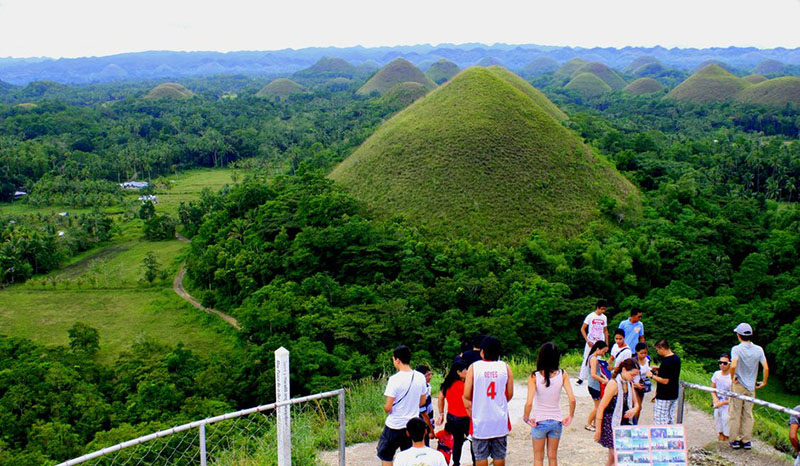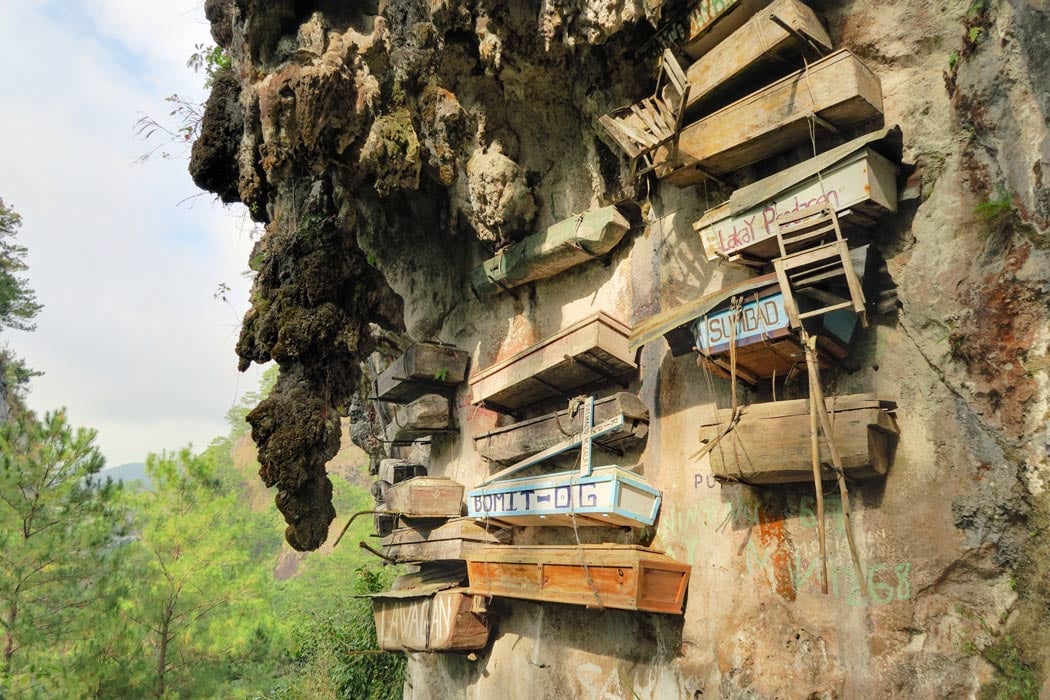The ecotourism capital of the Philippines is Palawan, renowned for its pristine natural attractions and sustainable practices.

Palawan: The Ecotourism Capital
Palawan, often referred to as “The Last Frontier,” stands as a testament to the Philippines’ commitment to preserving its natural heritage. Located in the western part of the archipelago, this elongated island province boasts an eclectic blend of terrestrial and marine ecosystems, making it a haven for nature enthusiasts.
Overview of Palawan
Palawan stretches between the South China Sea and the Sulu Sea, offering a rich tapestry of tropical forests, mountain ranges, and pristine coastlines. It’s not just the landscapes that enchant visitors; the culture and the warmth of the Palaweños play an equal part in its allure. From the indigenous tribes preserving their ancestral ways to the colorful festivals celebrating the island’s bounty, there’s no place quite like Palawan.
Ecotourism attractions in Palawan
- The Underground River: Located in Puerto Princesa, the Puerto Princesa Subterranean River National Park houses one of the world’s longest underground rivers. Tourists can take boat rides inside the cave, where they’re treated to astonishing limestone formations.
- Tubbataha Reefs: A UNESCO World Heritage Site, the Tubbataha Reefs Natural Park is a marine sanctuary in the middle of the Sulu Sea. Divers from around the world visit this spot, which teems with vibrant corals, sharks, and myriad fish species.
- El Nido and Coron: Often topping the lists of the world’s best islands, these destinations are famed for their limestone cliffs, crystal-clear lagoons, and rich marine life. Activities range from island hopping, snorkeling, and diving to simply lounging on the sun-kissed beaches.
Benefits of Ecotourism to Palawan
Ecotourism, a sustainable form of tourism, emphasizes responsible travel practices, minimizing environmental impact, and fostering respect for local cultures and ecosystems. Palawan, known as the ecotourism capital of the Philippines, has greatly benefited from this tourism approach in various sectors.
Economic growth and job opportunities
Ecotourism has been a boon for Palawan’s economy. Local businesses, especially those centered around tourism such as resorts, restaurants, and tour agencies, have flourished. As a result, many local residents find employment opportunities without having to migrate to urban centers. For instance, the influx of tourists visiting El Nido has allowed many residents to open their own boat tour services, accommodations, or souvenir shops.
Environmental conservation and preservation
One of the core principles of ecotourism is the preservation of nature. With increased revenue from ecotourism, Palawan has been able to invest in safeguarding its natural attractions. For instance, entrance fees to protected areas, such as the Tubbataha Reefs Natural Park, contribute to conservation efforts, ensuring these locations remain pristine for future generations. The emphasis on environmental education among tourists also fosters a sense of responsibility, making them more mindful of their impact.
Cultural and community empowerment
Ecotourism places a spotlight on local cultures and traditions, giving Palaweños a platform to showcase their heritage. Tourists often engage with local communities, learning about their traditions, crafts, and way of life. This cultural exchange not only enhances the travel experience but also instills a sense of pride among locals. Moreover, many ecotourism projects directly involve local communities, ensuring they have a voice in how tourism develops in their region. Programs focusing on indigenous peoples, such as the Palaw’an tribe, allow tourists to understand the rich tapestry of Palawan’s cultural landscape.

Challenges and Concerns
Despite the many benefits of ecotourism, Palawan faces challenges that threaten the sustainable nature of this form of travel. Addressing these concerns is vital to ensuring that Palawan retains its title as the ecotourism capital of the Philippines and remains a haven for future generations.
Over-tourism and its impacts
- Strain on Local Resources: Popular destinations like El Nido and Coron see a huge influx of tourists, especially during peak seasons. This places a strain on water supplies, local food, and other essential resources.
- Waste Management Issues: The high number of tourists can result in significant waste, especially if facilities are not equipped to handle it. Plastic pollution can be particularly damaging to marine ecosystems.
- Pressure on Infrastructure: Local roads, ports, and transport systems can become congested, leading to wear and tear that requires frequent maintenance.
Balancing tourism with conservation
- Habitat Disturbance: Tourist activities, if not properly managed, can disturb local wildlife. For instance, boat tours can disrupt marine life if they come too close to sensitive areas.
- Potential Degradation of Natural Sites: Locations like the Puerto Princesa Subterranean River can suffer from degradation if too many tourists visit without proper precautions.
- Local Community Concerns: The interests of the local community might sometimes be overshadowed by the drive to attract more tourists. It’s essential to ensure that tourism development doesn’t infringe upon the rights and interests of the local people.
Other Notable Ecotourism Destinations in the Philippines
The Philippines, an archipelago with over 7,000 islands, boasts numerous destinations perfect for ecotourism. While Palawan is the crown jewel, many other locations offer unique natural wonders, rich biodiversity, and opportunities for sustainable travel.
Bohol’s Chocolate Hills and Tarsier Conservation
- Chocolate Hills: These are a series of 1,268 perfectly cone-shaped hills located in the heart of Bohol. Their name comes from the brown color they take on during the dry season, resembling chocolate mounds. They are a testament to the wonders of nature and are considered one of the Philippines’ most famous landmarks. More about the Chocolate Hills on Wikipedia.
- Tarsier Conservation: Bohol is home to the Philippine tarsier, one of the world’s smallest primates. Visiting the Tarsier Conservation Area is a unique experience that brings one closer to these tiny creatures.
Siargao’s lagoons and mangrove forests
- Crystal-clear Lagoons: Siargao, famous for its surfing, also boasts lagoons with turquoise waters surrounded by limestone formations. The Sugba Lagoon and Blue Lagoon are must-visit spots for nature lovers.
- Mangrove Forests: Covering a vast area, Siargao’s mangroves play a crucial role in protecting coastal areas and supporting marine life. Tourists can kayak through these serene waters, observing the rich biodiversity. More about Siargao on Wikipedia.
Sagada’s caves and hanging coffins
- Sagada Caves: A network of caves, including Sumaguing and Lumiang, offer a thrilling spelunking experience.
- Hanging Coffins: Unique to this mountainous region, the hanging coffins of Sagada are an age-old burial tradition of the Igorot tribe. These coffins, suspended from cliffs, offer insights into the local culture and beliefs. Learn more about the Hanging Coffins on Wikipedia.

Future Prospects of Ecotourism in the Philippines
The Philippines, with its rich natural and cultural heritage, offers immense potential for the growth and expansion of ecotourism. As the global community becomes more conscious of sustainable travel, the Philippines is poised to further develop its ecotourism sector, bringing about environmental, social, and economic benefits.
Government initiatives and policies
- Tourism Master Plans: The Philippine government, recognizing the importance of sustainable tourism, has developed and implemented tourism master plans focusing on ecological preservation, local community upliftment, and destination branding.
- Eco Certification Programs: To encourage businesses to adopt sustainable practices, the government is looking into certification programs that recognize eco-friendly resorts, tour operators, and other stakeholders in the tourism sector.
- Infrastructure Development: There’s a push for creating infrastructure that supports sustainable tourism, such as eco-friendly transportation options and waste management facilities, ensuring minimal environmental impact.
Local community involvement and collaboration
- Community-Based Tourism: Empowering local communities to take the lead in tourism ventures ensures that the benefits of tourism are directly channeled to them. This model also promotes the preservation of local culture and traditions.
- Training and Workshops: By organizing training sessions and workshops, local communities can be educated about the benefits of sustainable tourism, enabling them to cater to eco-conscious tourists effectively.
- Collaborative Decision-Making: Inviting local communities to participate in decision-making processes ensures that development projects meet the needs and desires of the locals, ensuring harmony and collaboration between stakeholders.
Potential new destinations and investments
- Promotion of Lesser-Known Destinations: The Philippines is home to numerous hidden gems.
- Investments in Ecological Research: By investing in ecological research, the Philippines can identify potential ecotourism sites, understand their carrying capacities, and develop them sustainably.
- Eco-Resorts and Accommodations: There’s a growing trend of tourists seeking accommodations that are not only luxurious but also eco-friendly. Investing in such ventures can attract a niche market of eco-conscious travelers.